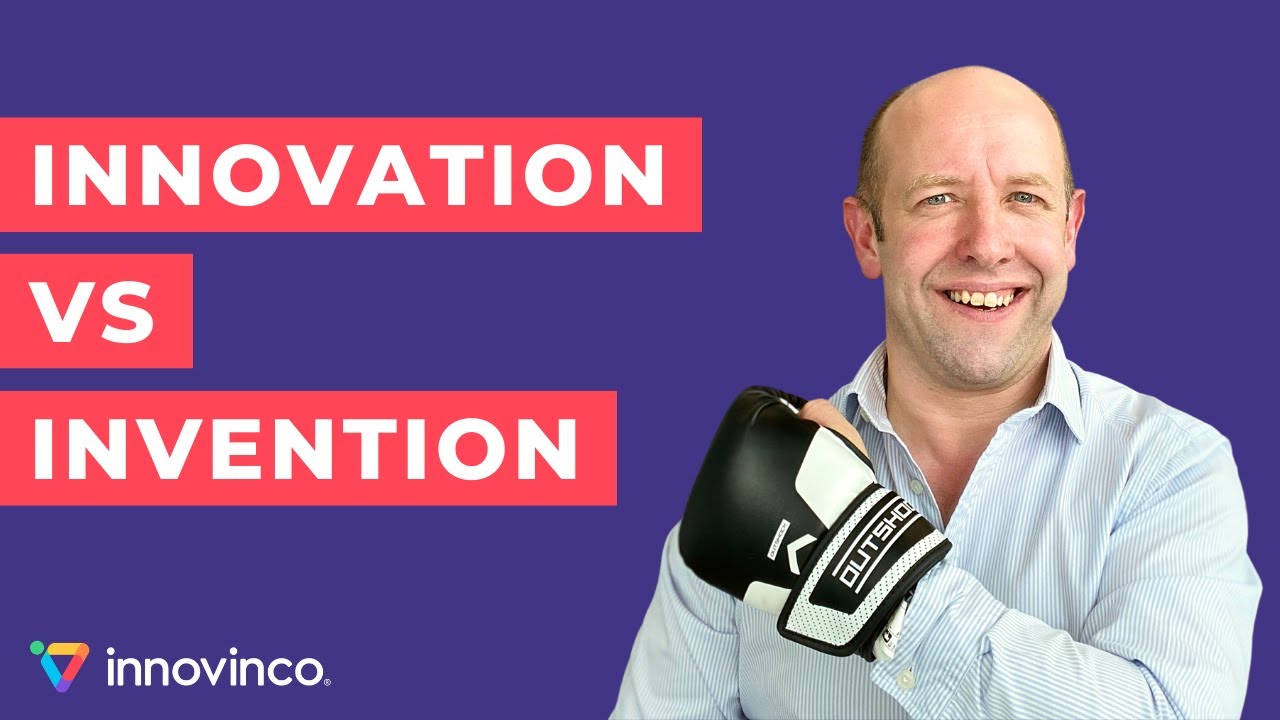Bias and Prejudice || GRADE 9|| MELC-based VIDEO LESSON | QUARTER 3 | MODULE 1
Summary
TLDRThe video script focuses on the concepts of bias and prejudice, which are often used interchangeably but have distinct meanings. Bias is defined as an unfair support or opposition towards a person or thing due to personal opinions influencing judgment. It can manifest in various forms, such as anchoring bias, media bias, confirmation bias, conformity, and the halo effect. Prejudice, on the other hand, is an unfavorable opinion formed without knowledge or reason, which can lead to discrimination. Common types of prejudice include racism, sexism, classicism, ageism, and religious prejudice. The video provides examples for each type and emphasizes the negative impact these attitudes can have on society. It concludes with a comparison between bias and prejudice, highlighting that while both can be negative, prejudice typically results in discrimination.
Takeaways
- 📚 The video aims to help grade 9 learners understand the difference between biases and prejudices.
- ❌ Bias is an unfair action influenced by personal opinions that can lead to favoritism or unfairness in judgment.
- 🔍 Common types of biases include anchoring bias, media bias, confirmation bias, conformity bias, and halo effect.
- 📉 Anchoring bias occurs when people rely too heavily on initial information, which can distort their perception of subsequent information.
- 📺 Media bias involves journalists and news producers selecting and covering stories in a way that may favor certain perspectives.
- 🧐 Confirmation bias is the tendency to favor information that aligns with one's existing beliefs, often leading to a selective search for supporting evidence.
- 👥 Conformity bias is when individuals adjust their opinions to match the majority to fit in with a group.
- 🌟 The halo effect is a cognitive bias where overall perception of a person is influenced by a single trait, often physical attractiveness.
- 🚫 Prejudice is an unfavorable opinion formed without knowledge or reason, often leading to discrimination against certain groups.
- 🧑🤝🧑 Prejudice can manifest in various forms, such as racism, sexism, classicism, ageism, and religious intolerance.
- 🔑 The difference between bias and prejudice is that bias can be both positive and negative attitudes leading to unfairness, while prejudice is usually negative, leading to discrimination.
- 🎓 The video encourages viewers to learn more about these concepts to improve their understanding and promote fair treatment of others.
Q & A
What is the main learning competency targeted in the video?
-The main learning competency targeted in the video is to differentiate biases from prejudices.
What is the definition of bias according to the video?
-Bias is the action of supporting or opposing a particular person or thing in an unfair way because of allowing personal opinions to influence your judgment.
What are some common types of biases mentioned in the video?
-Some common types of biases mentioned in the video include anchoring bias, media bias, confirmation bias, conformity bias, and the halo effect.
What is anchoring bias?
-Anchoring bias is when people rely too much on pre-existing information or the first information they find when making decisions, which can lead to filtering out new information.
How does media bias manifest?
-Media bias happens when journalists and news producers select the events and stories that are reported and how they are covered, which can lead to a biased presentation of information.
What is confirmation bias?
-Confirmation bias is the tendency of people to favor information that confirms their existing beliefs, often leading them to search for supporting evidence that aligns with their views.
How is conformity bias defined?
-Conformity bias is when individuals make a decision to fit in with a group, even if it means going against their own beliefs or making an uncomfortable choice.
What is the halo effect and how does it influence perception?
-The halo effect is a cognitive bias where our perception of someone is positively influenced by our opinions of that person's other related traits, often leading to an overestimation of their positive qualities.
What is prejudice and how does it differ from bias?
-Prejudice refers to pre-judging before looking at the evidence, often resulting in an unfavorable opinion or feeling without knowledge, thought, or reason. It differs from bias in that it usually involves negative attitudes and can lead to discrimination.
What are some common types of prejudice?
-The most common types of prejudice include racism, sexism, classicism, ageism, and religious prejudice.
How does the video simplify the comparison between bias and prejudice?
-The video simplifies the comparison by highlighting that bias can be both positive and negative attitudes resulting in unfairness, while prejudice usually involves negative attitudes leading to discrimination.
What is the call to action for viewers interested in more educational content like this?
-The call to action is to subscribe to the channel and turn on the notification button for updated lessons.
Outlines

This section is available to paid users only. Please upgrade to access this part.
Upgrade NowMindmap

This section is available to paid users only. Please upgrade to access this part.
Upgrade NowKeywords

This section is available to paid users only. Please upgrade to access this part.
Upgrade NowHighlights

This section is available to paid users only. Please upgrade to access this part.
Upgrade NowTranscripts

This section is available to paid users only. Please upgrade to access this part.
Upgrade NowBrowse More Related Video

Civil Rights & Liberties: Crash Course Government & Politics #23

Perbedaan Pertumbuhan dan Perkembangan

35. Che differenza c'è tra Intelligenza Artificiale, Machine Learning e Deep learning? #36

What's the difference between innovation & invention? | Tom Pullen | innovinco

Justice vs. Fairness: What's the Difference?

What is the difference between Tags and Elements in HTML? | Frontend Bootcamp Hindi | Ep.05
5.0 / 5 (0 votes)